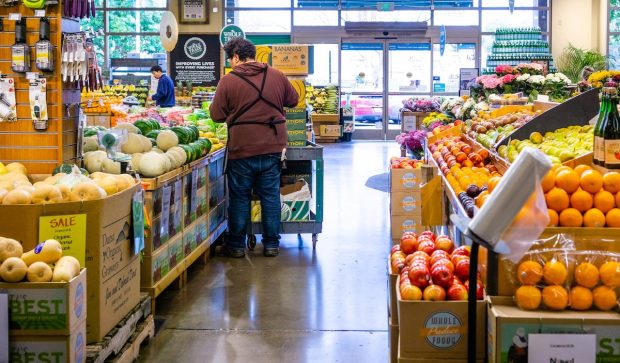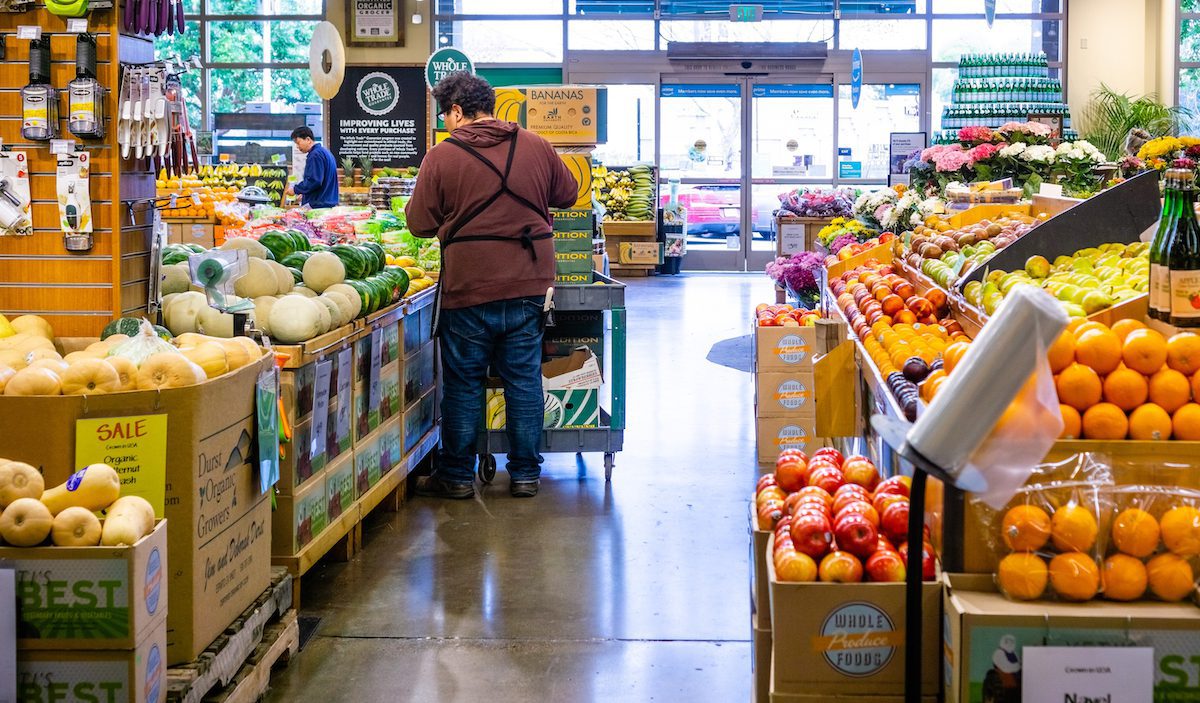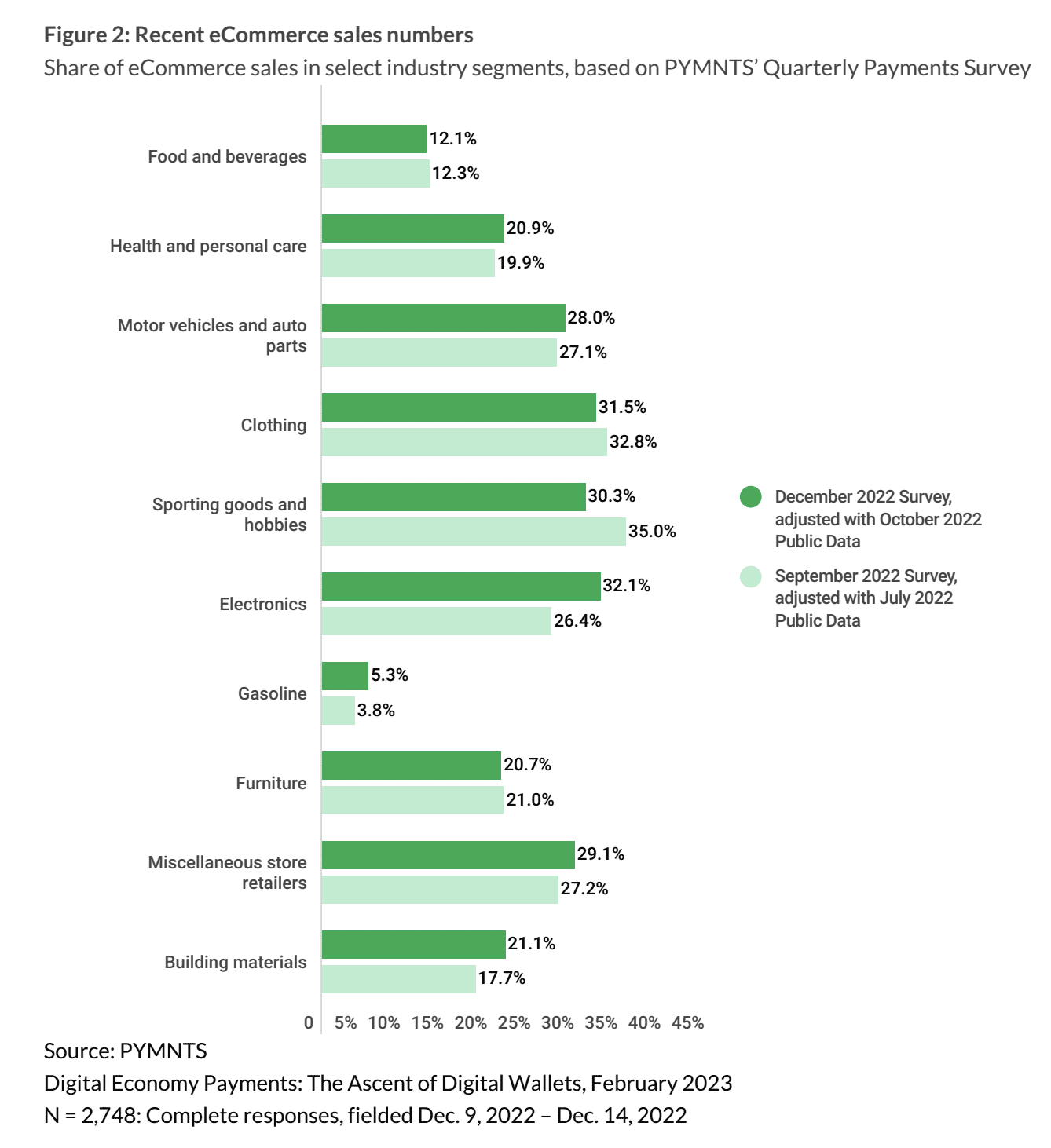Digital Grocery Spending Lags Behind Retail 6-to-1


PYMNTS research reveals that, compared to retail, online grocery has a long way to go.
The Context
Grocers are doing everything in their power to drive digital adoption, but progress is slow, with consumers continuing to primarily turn to brick-and-mortar for fresh foods rather than trusting the selection available via online channels.
Alex Ruhter, CEO and co-founder of recently-opened curbside-only grocery store JackBe, discussed this obstacle in an interview with PYMNTS.
“It’s really hard to nail the quality of freshness and ripeness that customers would choose if they were shopping themselves,” Ruhter said. “So, we’ve really been intentional about training our staff to know how to pick fresh produce, but also asking our customers if they’d like to see their produce even before it gets in their car, and then we can confirm that it’s exactly what they want.”

Yet, efforts to drive digital adoption with loyalty programs and personalized deals appear to yield positive results. Multinational grocery giant Ahold Delhaize discussed the success of these efforts on a call with analysts Wednesday (Feb. 15), discussing the company’s fourth-quarter 2022 financial results.
“U.S. brand sales from loyalty programs and online orders reached an all-time high,” Chief Financial Officer Natalie Knight said on the call. “This has been a trend we saw building throughout the year as our consistent investment in growing these capabilities again delivered incremental sales gains. Our brands’ direct customer engagement activities are a good example, now reaching around 30 million households and delivering over 10 billion personalized offers annually.”
By the Numbers
Research from the latest edition of PYMNTS’ U.S. Digital Economy Payments series, “Digital Economy Payments: The Ascent of Digital Wallets,” which drew from a survey of more than 2,700 U.S. consumers about their shopping habits, noted that online grocery adoption is less than half that of online non-grocery retail. Plus, in terms of dollars spent, the latter outpaces grocery by a factor of six.
Responses to PYMNTS’ Quarterly Payments Survey revealed that consumers purchased 12% of all retail spending on groceries through digital channels in 2022, while eCommerce represented 25% of non-grocery retail purchases. The former category totaled $182 billion in consumer purchases, while the latter brought in $1.1 trillion.
